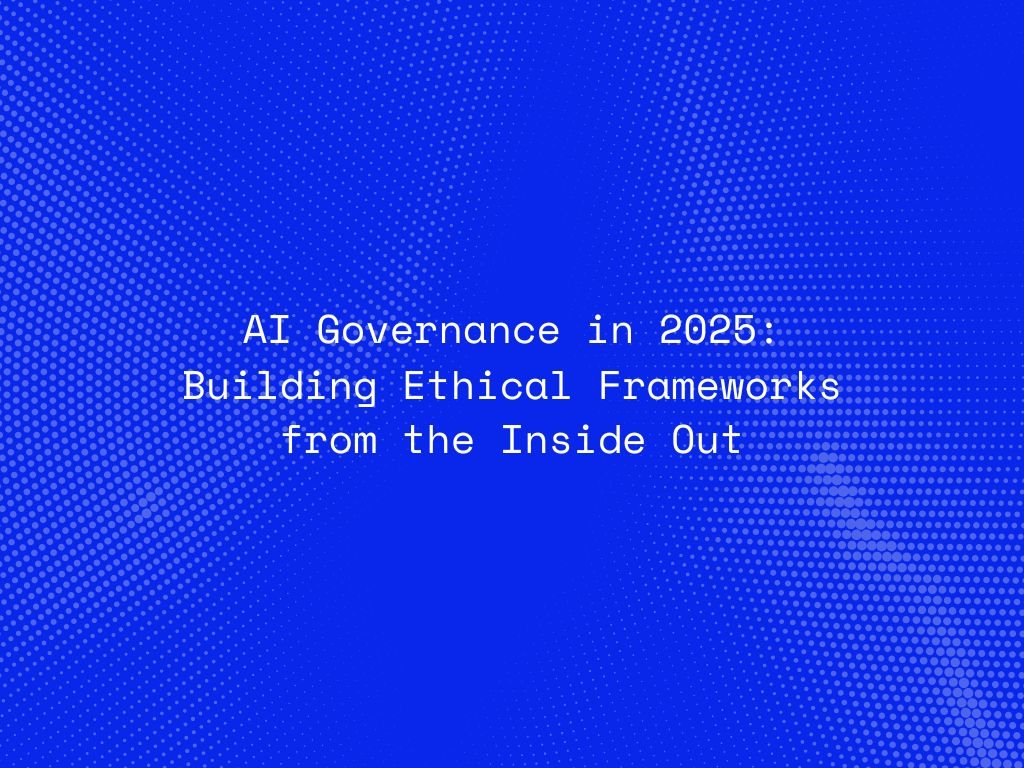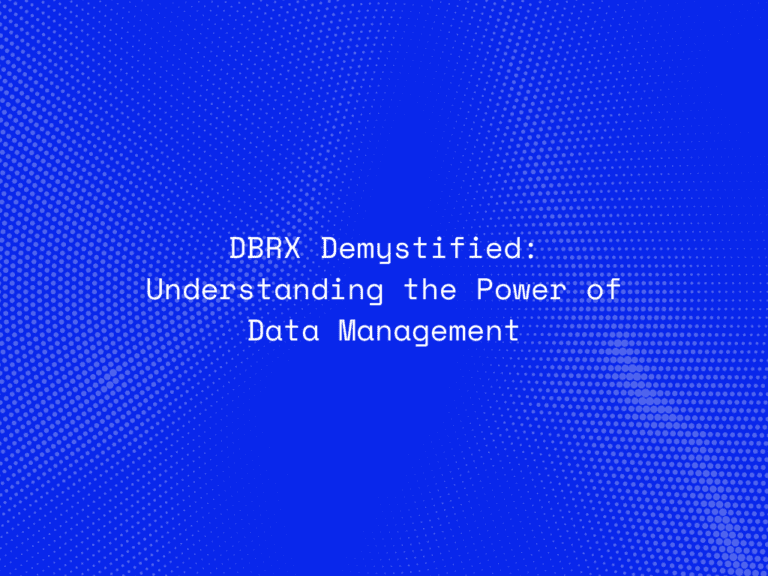As AI continues to advance at a rapid pace, the question is no longer if we need governance—but how we implement it effectively. In 2025, AI governance is moving beyond surface-level compliance into something deeper and more impactful: embedding ethical principles at the core of organizational culture.
To future-proof innovation and gain public trust, companies are now building AI governance frameworks from the inside out—prioritizing values, accountability, and transparency in every phase of the AI lifecycle.
Why AI Governance Is Critical in 2025
The stakes have never been higher:
-
AI makes decisions that impact human lives—hiring, healthcare, lending, security, and more.
-
Regulatory pressures are increasing globally (e.g., EU AI Act, U.S. executive orders).
-
Public trust in AI hinges on ethical, explainable, and fair use.
Poor governance isn’t just a tech issue—it’s a business risk that can lead to legal liability, reputational damage, and societal backlash.
From Policies to Practice: The Evolution of AI Governance
Old Model (2015–2022):
-
Reactive
-
Compliance-driven
-
Governed by technical teams only
-
Policies written but not widely enforced
New Model (2025 Onwards):
-
Proactive and embedded into workflows
-
Cross-functional (Legal, Ethics, HR, Tech, Business)
-
Living frameworks, not static documents
-
Focused on organizational values, human rights, and accountability

Key Components of Internal AI Governance in 2025
1. Ethics by Design
Ethics is no longer an afterthought—it’s built into AI systems at every stage:
-
Problem framing
-
Data collection
-
Model training
-
Deployment and feedback
Teams ask: “Should we build this?” not just “Can we?”
Example: Financial institutions reject datasets with biased outcomes and flag high-risk use cases before development begins.
2. Cross-Functional Governance Committees
Governance in 2025 isn’t led by technologists alone. Internal AI councils now include:
-
Legal and compliance officers
-
Domain experts
-
Data scientists
-
Diversity and inclusion officers
-
End users or public representatives
This ensures multi-dimensional oversight and inclusive decision-making.
3. Transparent Decision-Making & Explainability
Explainable AI (XAI) is a governance cornerstone. Companies must:
-
Explain how and why a model made a decision.
-
Document assumptions, risks, and limitations.
-
Provide users with recourse in case of errors.
Example: Healthcare AI systems now show clinicians why a diagnosis is suggested, not just the output.
4. Bias Detection and Mitigation Pipelines
Modern governance frameworks include:
-
Regular fairness audits
-
Bias detection algorithms
-
Inclusive dataset practices
-
Ethics checklists before deployment
This helps reduce harm and promote fairness across gender, race, and socioeconomic status.
5. AI Impact Assessments (AIAs)
Inspired by GDPR-style Data Protection Impact Assessments, AIAs are conducted:
-
Before building new models
-
When repurposing an AI tool for a new use case
-
After major updates
These assessments consider societal, legal, and environmental impacts, not just technical accuracy.
6. Real-Time Monitoring & Feedback Loops
AI governance doesn’t end at deployment. Companies now:
-
Track real-world AI behavior
-
Detect drifts or unintended consequences
-
Enable user feedback mechanisms to improve systems
Governance is continuous, not static.
7. Training and Cultural Transformation
Ethical governance is only as strong as the people who uphold it. Organizations are:
-
Training employees on AI ethics, bias, and safety
-
Rewarding ethical behavior and responsible innovation
-
Building a culture where raising concerns is encouraged, not punished
This internal culture shift is what makes governance resilient and sustainable.
The Role of Regulation: Partnering, Not Just Complying
2025 has seen a wave of AI regulations emerge globally. Smart organizations aren’t waiting for mandates—they’re:
-
Collaborating with regulators
-
Setting internal standards higher than the legal minimum
-
Participating in industry consortia and open-source governance initiatives
Ethical AI is now a competitive advantage, not just a legal obligation.
Case in Point: Microsoft’s AI Governance Playbook
Microsoft has developed internal governance models based on:
-
Six ethical principles (Fairness, Reliability, Privacy, Inclusiveness, Transparency, Accountability)
-
Internal review boards for high-risk systems
-
Toolkits for responsible AI development
Other tech leaders and enterprises are adopting similar blueprints tailored to their industries.
Conclusion: Governance is the Bedrock of Trustworthy AI
In 2025, AI governance isn’t just about guardrails—it’s about guiding innovation with purpose. The organizations that embed ethics and transparency from the inside out will:
-
Earn greater trust
-
Innovate more responsibly
-
Stay ahead of regulation
-
And unlock deeper business and societal value
Governance isn’t a brake on AI—it’s the compass that ensures we build what’s right.




